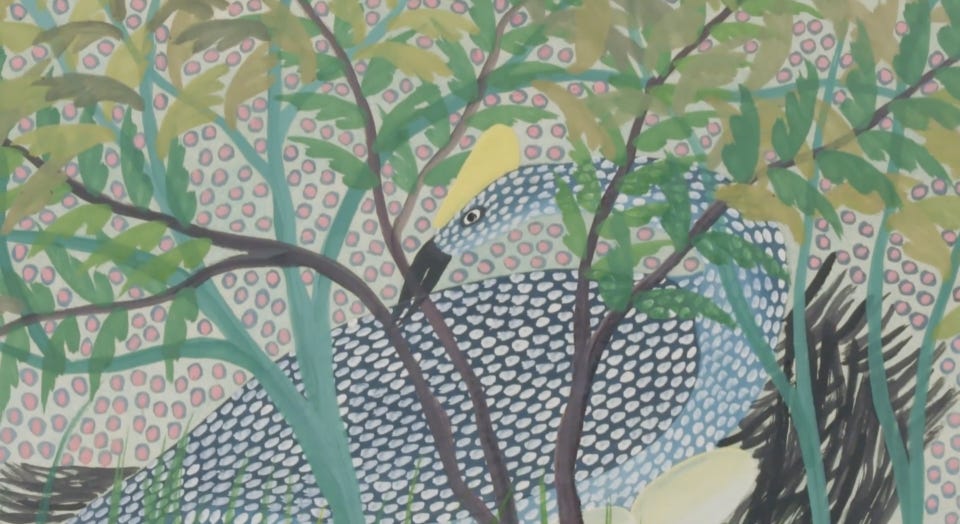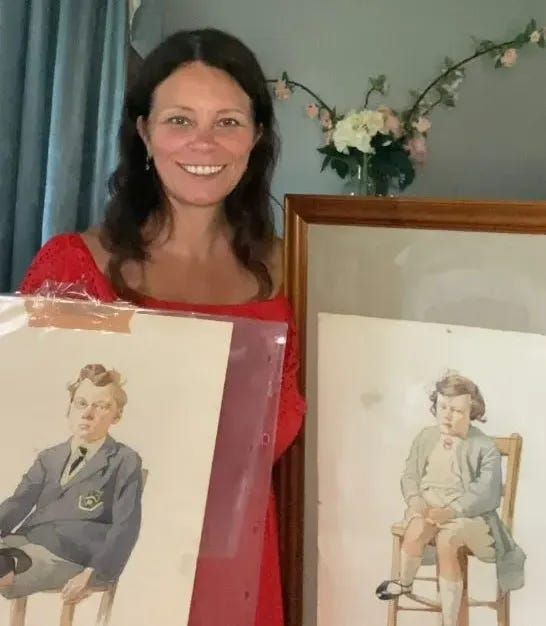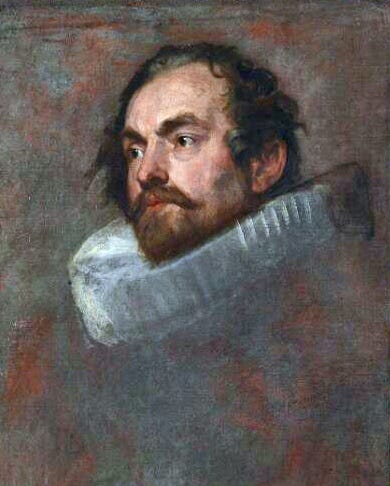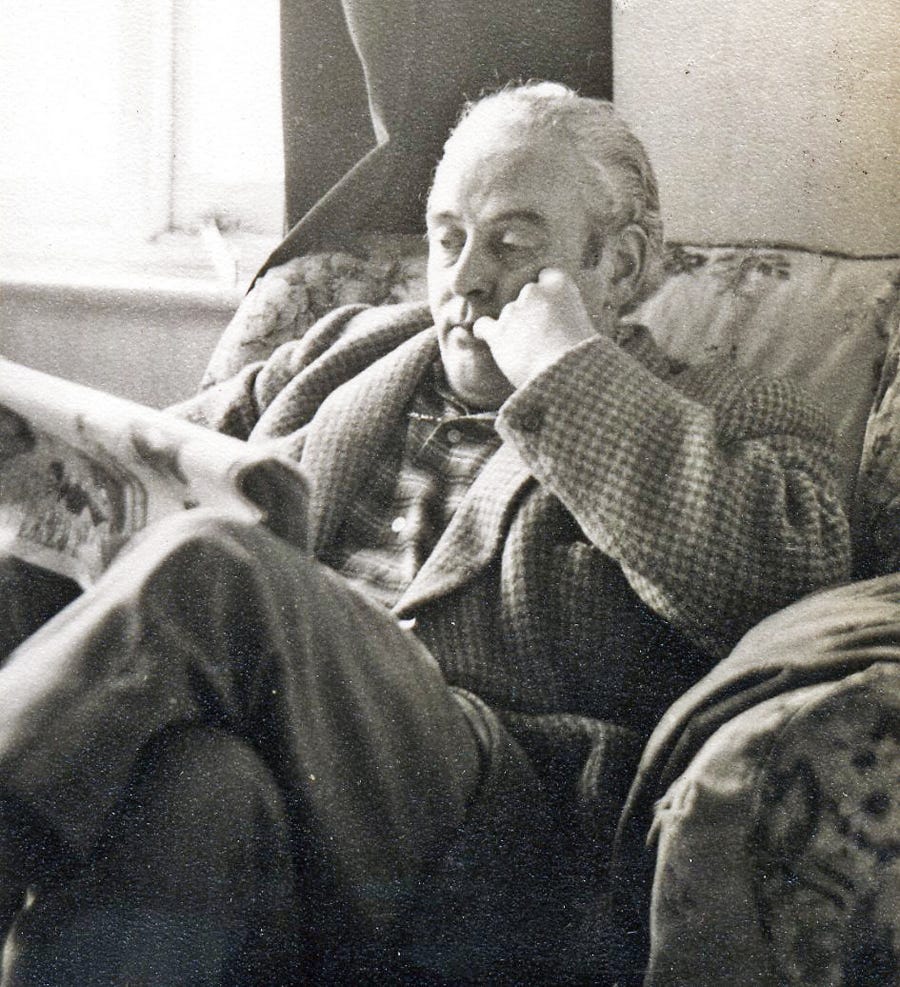Small paintings, Big stories - Unusual art sales Ep. 1
When forgotten paintings turn into unexpected treasures.
Reading time: 5 minutes
Some paintings hang in galleries. Others sit in attics, charity shops, or car boots, waiting.
Not every piece of art follows a straight path to recognition. Some are found by chance, sold for pennies, and only later revealed to be worth far more than their original price. In this article, we dive into five true stories of traditional paintings with unexpected journeys, where value emerged in the most surprising ways.
1. A jungle scene hiding in plain sight (2024)
It all started at a typical car boot sale in Surrey. A woman named Marisa Alcorn was browsing stalls when she spotted a small, colourful painting of a bird in a jungle. It wasn’t framed, just resting on the table among other forgotten things.
The price?
Just £8.
Marisa didn’t know much about the artist, but something about the painting felt special. She decided to take it home and later brought it to the BBC’s Antiques Roadshow, hoping to learn more.
There, expert Rupert Maas instantly recognised the work. It was by Pilipili Mulongoy, a Congolese artist active in the mid-20th century. His paintings often feature bright, dreamlike animals and jungle scenes, and he had a strong following in French-speaking countries.
What made the discovery even more exciting was the way Pilipili painted. He didn’t use a brush, but rather the end of a stick, creating a unique pointillist texture with dots and dabs. His works are rare and collectable today, especially outside of Africa.
The painting was valued between £2,000 and £3,000, a huge leap from the £8 price tag at the boot sale. This story reminded everyone that beautiful and valuable art can still be found in unexpected places, and sometimes, all it takes is a curious eye and a bit of luck.
2. A forgotten war artist found in a boot sale (2025)
At a car boot sale in Shropshire, antique dealer Sally‑Ann Cathcart was scanning through boxes when something caught her eye. Among random prints and postcards, she found a pair of delicate watercolour portraits of two children. The price was just £70 for both, and most people had walked past without a second glance.
But Sally‑Ann had a good eye. She noticed the name: Percy Shakespeare. Though not widely known today, Shakespeare was a talented British artist in the 1930s. He painted intimate portraits and scenes of everyday life before tragically dying in an air raid during World War II.
After doing some research and getting expert advice, Sally‑Ann discovered that the portraits were genuine. They were painted in his signature soft, detailed style, full of character, expression, and atmosphere.
The two paintings were valued at up to £8,000 - a remarkable outcome for such an overlooked find.
3. A quiet painting from cornwall with a hidden story (2023)
During a recent Antiques Roadshow in Cornwall, a visitor brought in a painting they had owned for years. It hung quietly on their wall, almost forgotten, and no one in the family had thought it could be worth anything. But something about the scene, a peaceful view of rural life, with soft natural colours and gentle brushstrokes, caught the expert’s attention.
The painting was signed by Harold Harvey, a British artist known for his work in the early 20th century. Harvey was part of the Newlyn School, a group of painters who captured everyday life in Cornwall. His style was delicate and full of atmosphere, often showing farmers, women at work, or quiet village scenes.
The expert explained that Harvey’s paintings are not always widely known, but they are loved by collectors who appreciate the quiet beauty of his work. Although it wasn’t a dramatic or large canvas, the piece had emotional value and historical charm.
The painting was valued at several thousand pounds, far above what the owner had ever expected. What made the moment special was not just the money - it was how a simple, familiar object became a connection to a forgotten story, and to an artist who painted life with care and honesty.
While these paintings took strange paths to recognition, your journey to understanding value can be quick and easy.
4. A £400 painting that led to a National Gallery Exhibition (2013)
Father Jamie MacLeod wasn’t looking for a masterpiece when he walked into a small antiques shop in Cheshire. Among the dusty frames and faded canvases, he picked out a large portrait of a bearded man in black robes.
The price?
Just £400.
The painting hung in his church for years until he brought it to the BBC’s Antiques Roadshow. Expert Fiona Bruce and art historian Philip Mould took one look and saw something worth investigating. After months of cleaning and analysis, they confirmed what few could have guessed: it was an original work by Sir Anthony van Dyck, the 17th-century Flemish master and court painter to Charles I.
The portrait had likely been overpainted and forgotten, but once restored, it revealed all the hallmarks of van Dyck’s style - the elegant posture, the confident brushwork, the psychological presence.
The discovery made headlines, and the portrait was later exhibited at the National Portrait Gallery. It was eventually sold in a private sale, with the proceeds used to fund a brand-new set of bells for Father MacLeod’s church - a fitting echo for a masterpiece once hidden in silence.
5. The forger who outsold the originals (1983)
In 1983, Christie’s South Kensington held a highly unusual auction. The paintings weren’t by famous artists - not exactly. They were “in the style of” Constable, Palmer, Rembrandt and others… all created by one man: Tom Keating.
Keating wasn’t trying to trick anyone anymore. After years of forging Old Masters and slipping hidden messages into the paint (“this is a fake”), he had gone public.
His goal?
To expose what he saw as hypocrisy and greed in the art world. He believed dealers cared more about names than the art itself.
So Christie’s held a sale with 137 of his forgeries, all openly labelled as pastiches. Expectations were modest with prices of £200–£400 per painting. But the crowd had other ideas. Some pieces fetched £5,000 or more, including a “Constable” landscape that went for nearly £5,500. A staggering amount for a self-declared fake.
What drove those prices?
Partly humour.
Partly rebellion.
But mostly, it was the power of the story: an artist who painted beautifully, spoke honestly, and challenged a system that often forgot the art in favour of the signature.
Keating’s auction became a symbol, not of fraud, but of how meaning, value and truth in art aren’t always where we expect them to be.
References
https://www.thesun.co.uk/tv/27463059/antiques-roadshow-painting-mark
https://www.the-sun.com/money/10911358/antiques-roadshow-pbs-painting-valuableralph-goings
https://www.thesun.co.uk/money/35169550/rare-paintings-antiques-car-boot-sale/
https://www.theguardian.com/artanddesign/2014/jan/06/van-dyck-painting-bbc-antiques-roadshow
https://www.nytimes.com/1983/06/19/arts/art-the-forgeries-of-tom-keating.html
https://www.theguardian.com/money/2005/jul/02/alternativeinvestment.jobsandmoney
If you enjoyed this article, feel free to leave a comment in the section below and please suggest other topics you would like to read in this newsletter!
Made with love by artists, for artists 🫶🏼
Stay connected with us on Instagram for more artist stories and updates!
Curious about how you can estimate your paintings for free while not leaving the studio?







